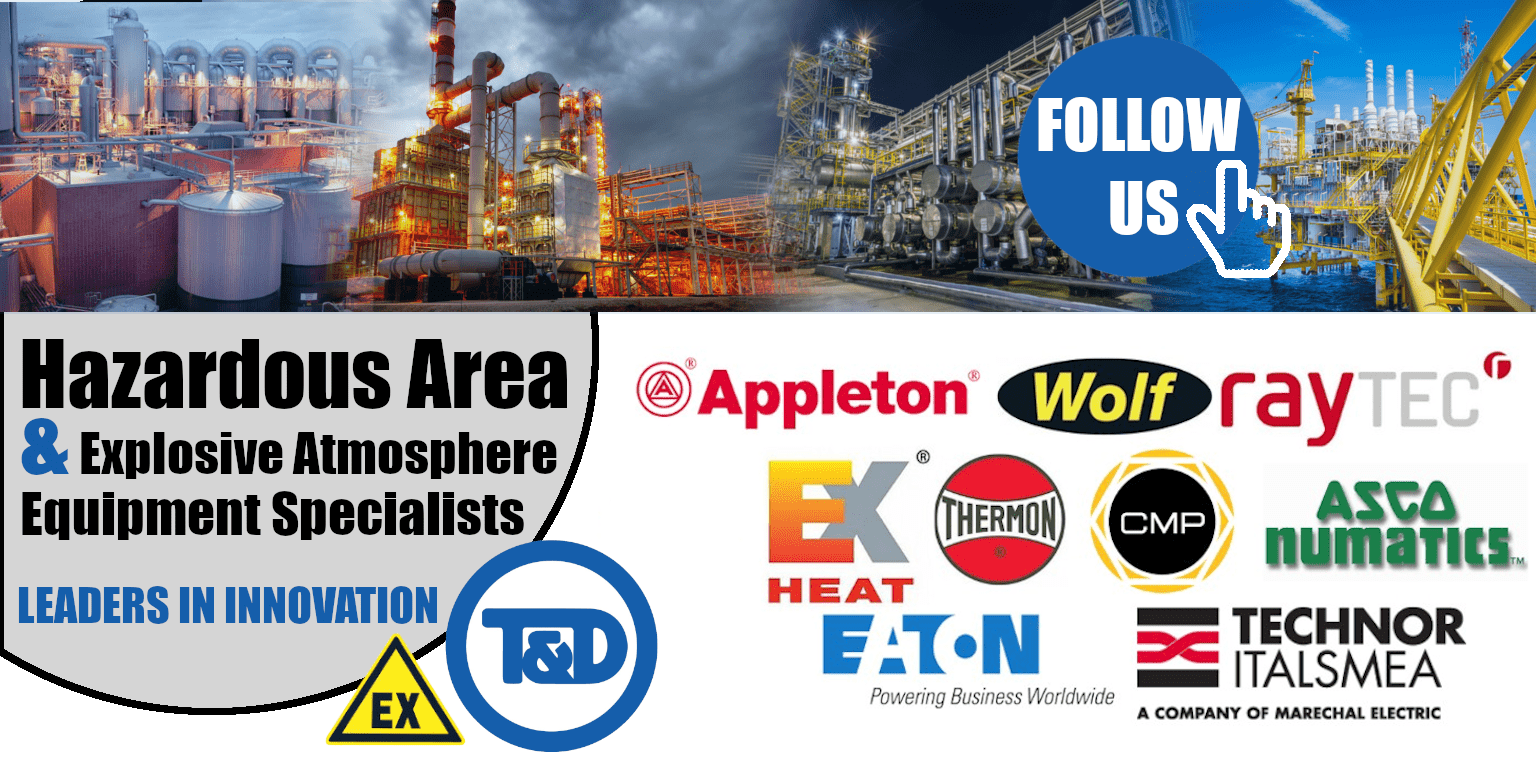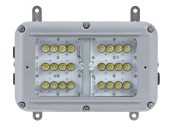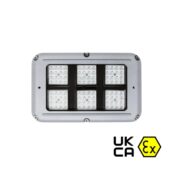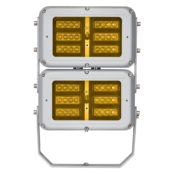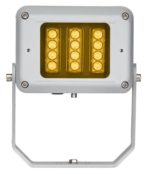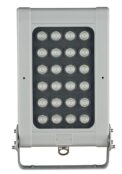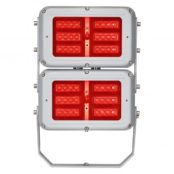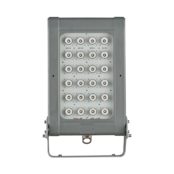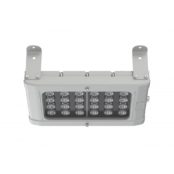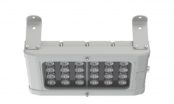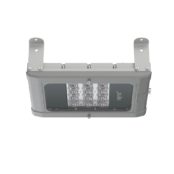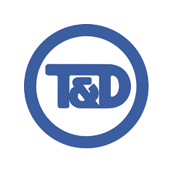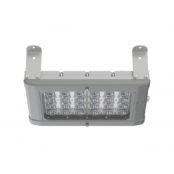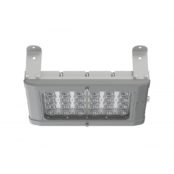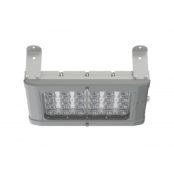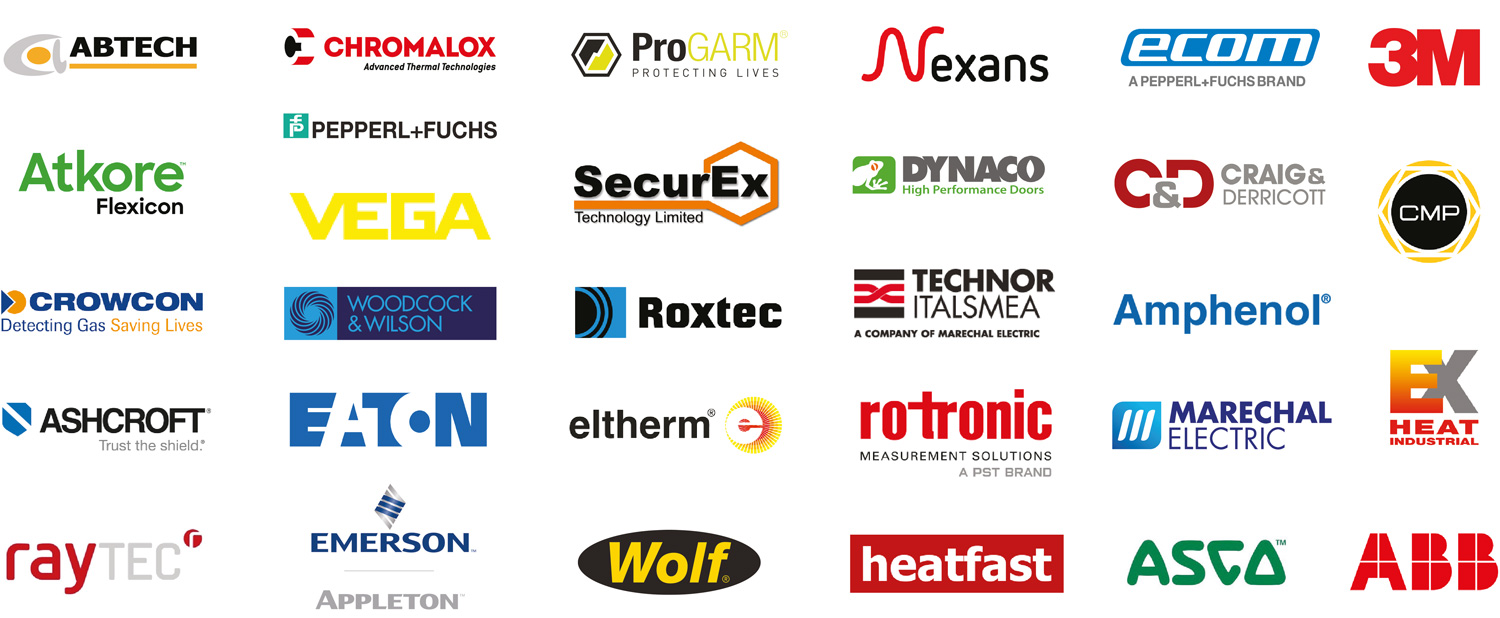Hazardous Area Lighting For Distilleries
Published 10 Feb 2021
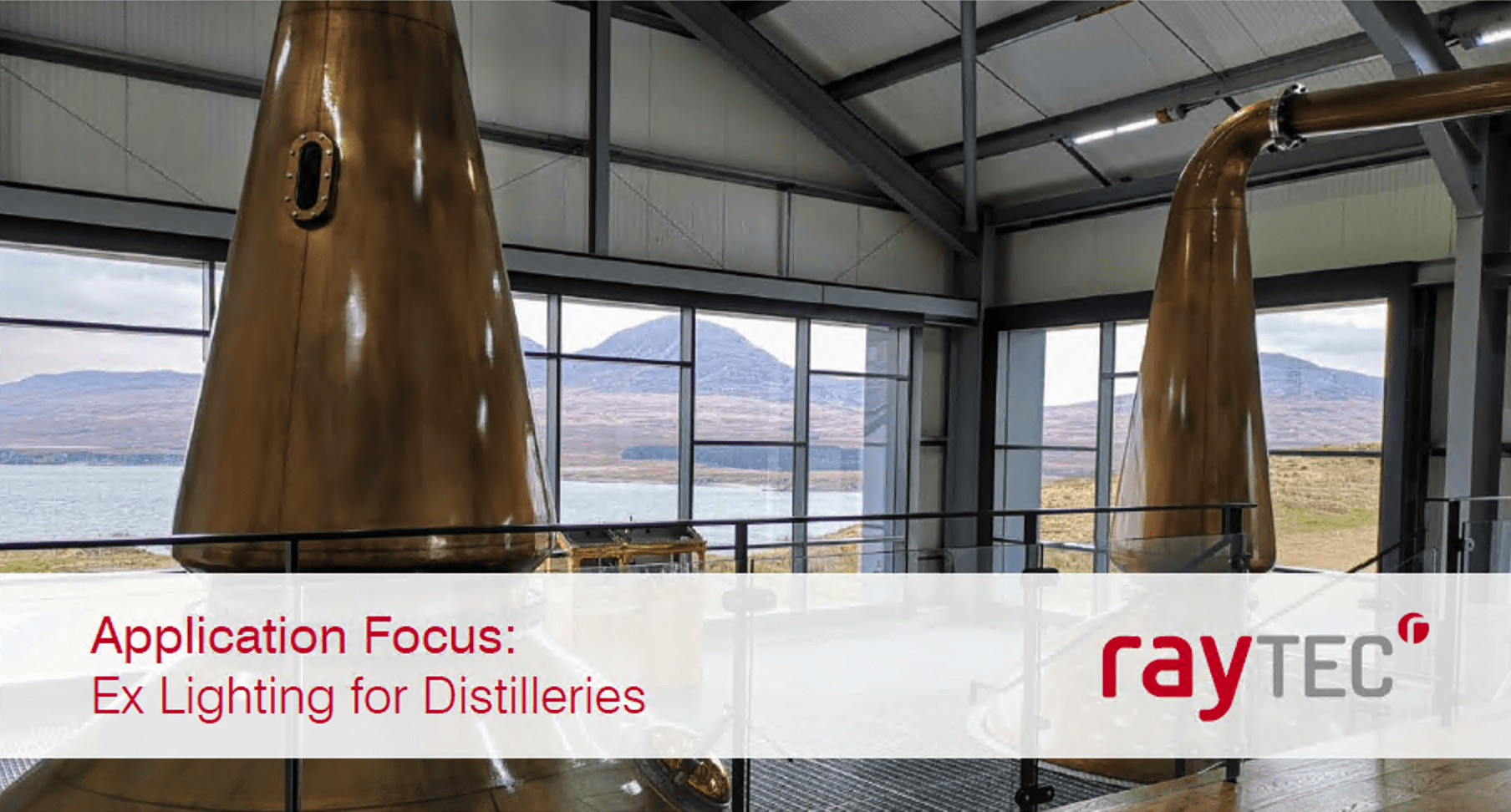
Industry leading manufacturers of lighting products for hazardous areas | Available from stock at Thorne & Derrick
Hazardous Area Lighting For Distilleries
-
Special thanks to Raytec for allowing the republish of this article.
Raytec is a world leader in LED hazardous area lighting for harsh environments and industrial applications. SPARTAN is the range of globally certified Ex LED luminaires, also available as heavy-duty industrial variants. SPARTAN ATEX lights deliver world leading performance, reliability, and durability.
In this Application Focus, Raytec will explore the ATEX LED lighting requirements for distilleries and identify some of the key features to consider when specifying luminaires for these types of environments.
Why Ex Lighting is Needed for Distilleries
The production of spirits involves several processes that can result in a potentially explosive atmosphere, including the release of vapour during distillation and storage. The correct selection of Ex lighting is therefore imperative.
Distilleries are often found in old and quirky buildings which can present a challenge in itself, but fairly unique among hazardous area environments, distilleries also often have a dual role as being both a production area for the manufacture of spirits, and also as tourist and visitor attraction. When considering the requirements for lighting, distilleries must therefore do this with both uses in mind.
Typical Areas Requiring Lighting Includes
Grain Warehouses – Within grain warehouses and silos there is always airflow and the stored grain deposits layers of dust across surfaces. During loading and unloading operations, these layers can generate a dust cloud as particles are sucked up by the circulating air meaning they are commonly designated as a Zone 21 hazardous area.
Distillation Areas – The production of alcohol uses heat of up to 70°C, and the vapour it gives off, mean that main distillation areas around the stills & mash tuns are designated as a Zone 1 hazardous area.
Barrell Storage Areas – Meanwhile, vapour is also present (albeit to a lesser degree) in barrel storage, where the whiskey is stored and allowed to mature. These areas are commonly classified as a Zone 2 hazardous area. All luminaires installed on-site must comply to the classification of each area.
Specifying Hazardous Area Lighting for Distilleries
Choosing LED Lighting for Hazardous Areas
The benefits of LED over conventional lighting technology for potentially explosive atmospheres are well documented but are especially relevant for distillery applications.
Aesthetics
With distilleries often doubling up as tourist attractions, the general aesthetics of hazardous area lighting in these environments is also important; both in terms of how the luminaire fits in with its environment (i.e. not being an eye sore), and in the quality and visual impact of its light output.
Physical Lighting Appearance
Installing a luminaire which fits in with the architecture and design of the building is important to many distilleries, given that the overall look and feel of the distillery represent the image of the brand to those who visit it.
The option to have the luminaire’s painted in bespoke colours can help them to blend in and be less intrusive, or it can even to add to the overall look and feel of the distillery. Notice how we matched the colour of our SPARTAN luminaires to the wood panelling in Torabhaig distillery?
Lifetime, Maintenance, Energy Costs & Quality of Light
Providing it uses effective thermal management, an LED luminaire can offer a lifetime of 100,000 + operating hours, without the need to re-lamp.
With many distilleries facing the challenge of maintaining their required levels of production, balanced with frequent visitor tours, reducing the level and frequency of maintenance is a major benefit.
Energy Costs
Reducing running costs is a common goal for most businesses, and LED luminaires help to reduced energy costs by running far more efficiently than conventional lighting.
This is beneficial to distilleries of all sizes, but especially to smaller, independent distilleries – production of whiskey is often considered to be a seasonal business where keeping costs down in the slower months is imperative.
Quality of Hazardous Area Lighting
Choosing an LED luminaire allows light quality to be improved, with LED’s capable of providing improved CRI and higher colour temperatures than conventional lighting, drastically improving working conditions.
With many distilleries also being used as a visitor attraction, LED luminaires also provide greater flexibility in being able to tailor the light for each area, depending in its use. While higher colour temperatures may be ideal for production areas, warmer colour temperatures may be better suited for parts of the distillery used as part of the visitor tours.
Light Output
As well as lighting playing an important functional role in the running of the distillery, it can also be used to draw attention to architectural features, or to add to the experience of visitors during tours of the distilleries.
The iconic copper stills are often a focal point for many distilleries, so using warmer colour temperatures, or even coloured lenses over the LEDs, can help to add a deeper glow to the colour of the stills.
Using warmer colour temperatures can also make areas of the distillery more aesthetically pleasing for visitors. While it depends on the preferences of each distillery, many opt to use warmer colour temperatures in areas such as barrel storage or tasting rooms to make them more inviting to visitors, while still being compliant with the hazardous area classification.
Selecting a luminaire which provides this level of flexibility is an important consideration when specifying lighting for a distillery.
Easy Maintenance & Reducing Downtime of Lighting Systems
Specifying an LED luminaire can help in reducing the frequency of maintenance required, but the way in which a manufacturer has designed the luminaire has a large impact on how easily maintenance can be carried out if it is required.
Minimising downtime is crucial to the financial viability of distilleries. If the lighting fails, certain parts of the production process may be unable to take place due to the health and safety risks to the workers and the visiting general public. This could have a detrimental impact on both the volume of production, and the number of visitors the distillery can receive.
Having a hazardous area lighting solution which allows maintenance to be carried out quickly and easily on-site ensures downtime is kept to a minimum.
The key to this is to specify a luminaire which has a modular design and allows maintenance to be carried out on-site. If the luminaire is sealed, any on-site maintenance will not be possible. Any faults would result in the luminaire having to be removed and returned to the manufacturer, increasing downtime.
Making Easier Access
Choosing an LED luminaire with a removable PSU (Power Supply Unit) can help to make access for maintenance much easier. Luminaire’s such as the SPARTAN High-Power Flood & High-Power Bay, allow the PSU to be removed from the main body of the luminaire, so all wiring and serviceable parts can be positioned in an easy-to-access locations.
Let’s consider this benefit in the context of a common application within larger distilleries; grain storage areas.
These areas will usually have High Bay luminaires mounted to (or suspended from) the ceiling of the storage building. With non-modular lighting installed, gaining access to the luminaire may require the grain to be removed before maintenance is carried out; a slow and costly process.
Plus, even if the luminaire can be accessed without needing to remove the grain, carrying out maintenance with the grain still below is risky; it could lead to it becoming contaminated if anything falls while maintenance is being carried out. In contrast, being able to mount the PSUs remotely means maintenance can be carried out at ground level (so there is no risk of contamination), and the grain does not have to be removed.
Ultimately this means maintenance can be done quicker, at a lower cost and risk.
Emergency Lighting for Explosive Atmospheres
Clean fresh water, which contributes to each whiskey’s flavour, is an essential ingredient of the distillation process and means that distilleries are often located in hard to access locations (such as remote Hebridean islands where power cuts and longer outages can be more frequent).
Emergency backup lighting is therefore a necessity to maintain the safety of anyone on-site, providing back up illumination in the event of a power outage. This protects both visitors and workers on-site and is especially important to any distillery open to the general public.

Raytec Emergency Hazardous Area Lighting
Duration & Output
To ensure an emergency luminaire will provide back-up illumination for the required length of time, it is important to check the emergency duration when specifying.
Consideration should also be given to the level of light output the luminaire provides whilst operating in emergency mode. This is usually expressed as a percentage of the luminaire’s output in normal operation, and it is common for output to drop significantly when in emergency mode.
Most of Raytec’s SPARTAN emergency luminaires provide 25% light output for 3 hours as standard but can also offer up to 100% output for a shorter duration if required. The duration and intensity of output are often specific to individual applications, so this flexibility can be an important benefit.
Automated Testing
Some manufacturers are now providing emergency luminaires which increase safety and reliability of emergency systems. Raytec’s SPARTAN Intelligent Emergency luminaires provide a self-testing function which automatically cycle the emergency battery, to maintain its health and to measure its capacity.
This ensures the luminaire is operating at its optimum and reduces the requirement for manual intervention. Inspection of emergency luminaires is also made easier, with a tri-colour LED indicator which communicates when the unit is going through a testing procedure and highlighting the health of the luminaire.
Other Considerations – Lighting Design
Lighting design is an essential part of specifying lighting within distilleries.
The nature of distilleries means walkways between hot stills need to be well lit and any pipes or other distillation equipment need to be clearly illuminated to maintain the safety of workers and the visiting general public.
For specifiers going through the initial design process with a clear brief in mind, a lighting design will provide peace of mind that the final solution will achieve the required, on-site lighting goal, with no surprises at the point of commissioning.
💡 Did you Know? Thorne & Derrick using latest software provide a FREE LIGHTING DESIGN SERVICE for the specification and supply of ATEX & IECEx Certified light fittings to provide safe and reliable lighting in explosive atmospheres and hazardous area locations.

Industry leading manufacturers of Lighting Products for hazardous areas | Raytec
SPARTAN is a full range of Ex LED luminaires and lighting approved for all ATEX and IEC Ex Zone 1 and Zone 2 hazardous area environments, including UL /CSA C1D2 installations. The hazardous area lighting products are designed for the most extreme environments – Flood, Linear, Bulkhead, Bay and Crane luminaires with emergency and industrial lighting versions are also available from Thorne & Derrick International.

➡ Further Reading Distillery Lighting | Explosive Atmosphere & Hazardous Area Lighting Solutions

Specialists to the Process & Hazardous Area Industries
EXPERTS IN EQUIPMENT FOR EXPLOSIVE ATMOSPHERES
leaders in ATEX Innovation To The Hazardous Area Industries
Thorne & Derrick are leaders in the development and distribution of Product Innovations that deliver significant improvements to clients plant, people and operational safety in the explosive atmosphere industries.
Your proactive problem solvers experienced in succession planning for the replacement of obsolete, non-conformant and legacy equipment in hazardous areas.
Your first-choice provider of innovative and competitive solutions to ensure ATEX & IECEx Compliance for Hazardous Area Electrical, HVAC & Process Instrumentation Equipment to UK and international projects.
FOLLOW US
Follow our Showcase Page on LinkedIn to receive hazardous area product innovations, industry news, whitepapers, videos, technical tips and training webinars for professionals involved in the explosive atmosphere industries.
Further Reading
-
 Application Focus – Distilleries
Size: 326.01 KB
Application Focus – Distilleries
Size: 326.01 KB


